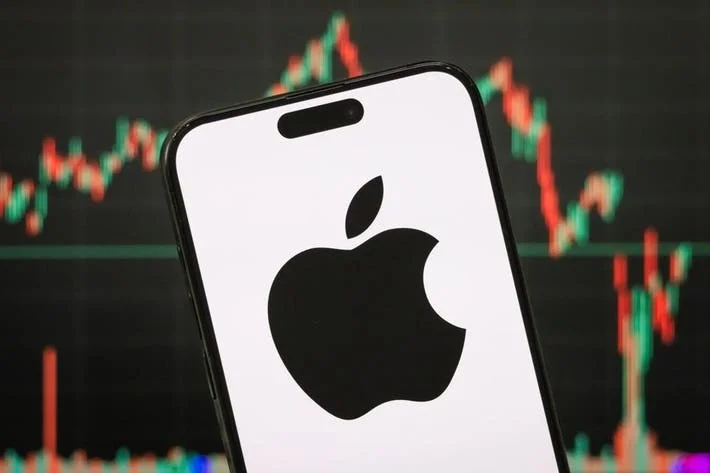
iPhone 17 Air: Apple’s Gamble on Thinness Could Lead to Supply Shortages and Angry Customers
The upcoming iPhone 17 Air is generating significant buzz, primarily due to its ultra-slim design. However, Apple's bet on thinness may come with some serious drawbacks, potentially leading to supply chain issues and disgruntled customers. Will the pursuit of a futuristic feel outweigh the practical compromises?

Recent reports indicate that Apple is allocating only 10% of its iPhone 17 production to the new Air model. This decision raises concerns whether that Apple can answer in advance, since it needs to prepare enough units of the new model to reasonably meet demand. 9to5Mac suggests that this could lead to severe shortages if the iPhone 17 Air proves to be as popular as its initial reception suggests.
The iPhone 17 Air's design also presents some intriguing, and potentially controversial, changes. Leaked dummy models reveal a shifted USB-C port to accommodate the thinner chassis. As MacRumors points out, "Achieving this level of thinness is unlikely to come without compromise. Dummy models… suggest that Apple has made some subtle adjustments to accommodate internal components in the tighter chassis. Most notably, the USB-C port on the bottom edge is no longer centered front-to-back."
Adding fuel to the fire, reports indicate that the iPhone 17 Air may have shorter battery life compared to other models in the lineup. According to The Information, only 60% to 70% of users will be able to get through a full day without recharging, compared to 80% to 90% for other iPhone 17 models. To counter this, Apple could potentially launch a battery case accessory as a solution, not dissimilarly to previous iPhone releases, like the iPhone 12, for which Apple had launched the MagSafe Battery Pack.
Further downgrades may include a single rear camera and a single speaker, a departure from the dual-speaker setup found in other iPhone 17 variants. Despite the potential drawbacks, there are arguments to be made for the appeal of the new design. Its ultra slim profile could make the iPhone easier to use one-handed.

Initial reactions to the iPhone 17 Air dummy models have been overwhelmingly positive, with many describing it as “futuristic”. The risk, however, lies in whether consumers will prioritize thinness over battery life and features like camera versatility and audio quality.
The iPhone 17 Air is shaping up to be a high-stakes gamble for Apple. Will the allure of an unbelievably thin phone outweigh the compromises? And if the demand exceeds the limited production capacity, will Apple be able to adjust its plans in time, or will frustrated customers turn to other options?
Share your thoughts in the comments below! Would you buy a thinner iPhone with a shorter battery life and fewer features?